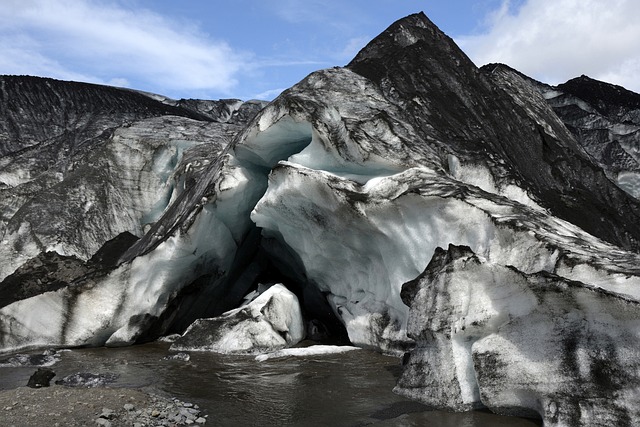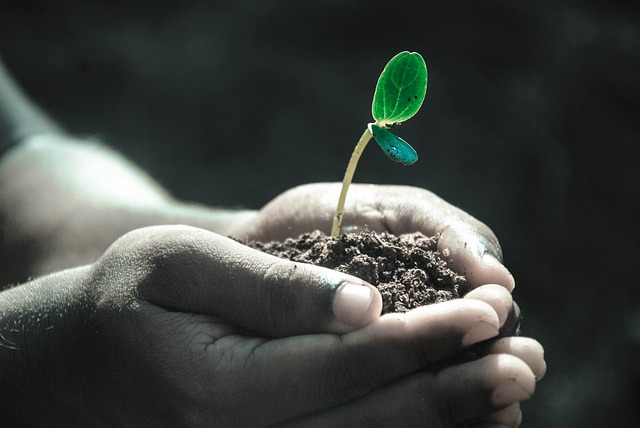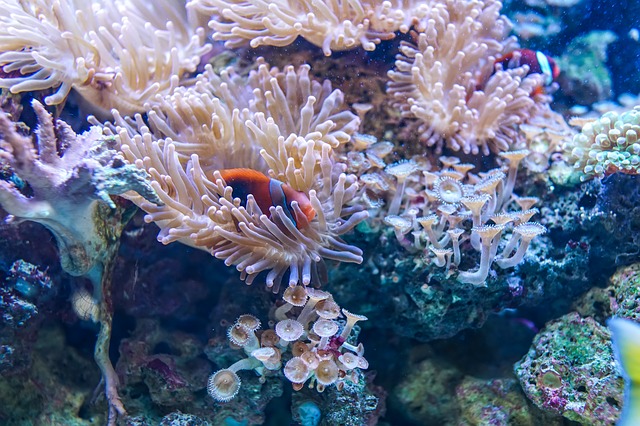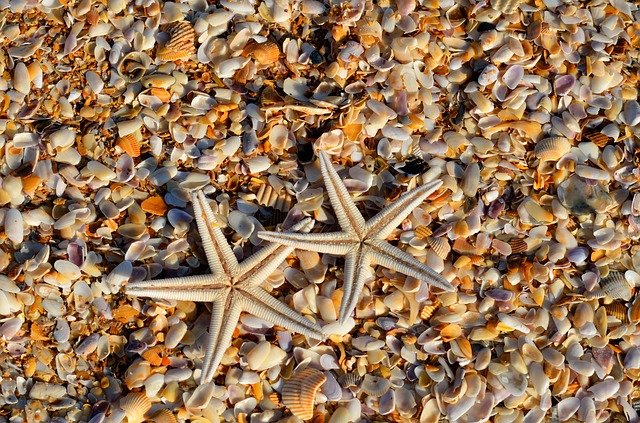WHAT DOES IT MEAN THAT EARTH’S GLACIERS ARE TURNING BLACK?
The glaciers of the world are one of the largest sources of water locked in ice second only to the vast oceans. It is still, in fact the biggest freshwater reserve present naturally on earth. A large number of mountain side communities and settlements in icy regions like Greenland, Iceland and other Northern areas particularly rely on glacial meltwater as a source of freshwater supply.
Then what does it signify when the snow white caps see layers of black covering its surface?
Glacial ice differs in color naturally due to density difference and presence of impurities. They may range from green, blue, white, brown and even black. However, the black color usually occurs naturally due to the presence of dirt, silt and other rocks carried by the water and frozen on its journey down the mountainside. Now a days, due to increased industrialization the frequency with which the glaciers are turning black is increased.
Glaciers turn black due to the depositions of carbon and soot along with other pollutants like SOx, NOx/particulate matter being deposited on the icy surface. This mainly comes from emissions from industries, residential or transportation being used in everyday life.
For further detail, you may check out: Black Soot and Ash Deposits on Glaciers – Causes and Impacts
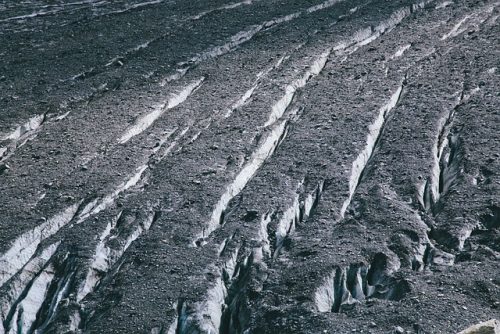
CAUSES OF CARBON BLACK DEPOSITION ON GLACIERS:
- Soot Formation: black carbon is commonly seen in the environment as black soot. This black soot is relatively lighter in density than ash and can float in air. It is also darker in color. It absorbs sunlight and after being transferred to high elevations due to wind and rainfall it sticks itself to the ice tops of mountains and glaciers. The main source of this soot is incomplete burning of wood for fuel and using fossil fuels.
- CO2 Emissions: Transportation using fossil fuels like cars, trains, airplanes etc. all release certain amount of emissions, which after combining with dust and particulate matter deposit on the glaciers.
- Transboundary Pollution: The resulting emissions from industrial activities/ventures, human development and infrastructure are also carried away from their point of origin and deposit far away. For example, emissions and carbon released in India from industries are more likely to deposit on the Himalayan glaciers and others along the belt. Related: Impacts of Transboundary Pollution on Pakistan.
- Brick Kilns: Even if most of the carbon emitting sources such as cars, domestic fuels etc. are not used, it would still not be sufficient enough to curb the glacial black deposits. This is because almost half of the carbon emissions that are deposited on glaciers worldwide are coming from irresponsibly managed brick kilns.
- Incomplete Combustion: Any process that involves incomplete burning of carbon is responsible for producing black carbon along with many other pollutants that is deposited on glaciers.
IMPACTS OF CARBON BLACK DEPOSITION ON GLACIERS:
- Decreased Albedo: The white color of the snowy regions and icy glaciers is important for the environment and the climate as a whole. It allows the sunlight and radiation coming from the sun to be reflected back. The dark color of the glaciers due to the carbon black deposits causes lower reflectivity which results in faster melting of glaciers that results in other problems like:
- Global Warming: the meltwater from glaciers carries the heat absorbed from the sun and when it reaches the land- which is darker than ocean and opens water results in causing more warming by releasing that heat into the atmosphere.
- Water scarcity: This not only affects the mountain communities or people nearby by the glaciers that rely on the meltwater for drinking etc. but also worldwide as it is the largest freshwater reserve on the planet. With the increasing global water scarcity, this is dangerous for everyone.
- Water Pollution: the meltwater contains carbon, soot, ash, particulate matter and other pollutants from industrial emissions that are not fit for human use or consumption.
- Floods: the melting of the glacier ice due to lower albedo has resulted in many flash floods to occur over the years in many communities present in the vicinity. This carbon black deposition, lower albedo and resultant disasters make a positive feedback cycle that gets worse with every stage and is self-sufficient. There have previously been cases of floods in South Asia caused by large volumes of glacial meltwater from the Himalayan Glaciers and others along the belt. Also Check out: Glacial Lake Outburst Floods In Pakistan- Causes and Effects
- Rise in Global Sea Level: This is self-explanatory. The meltwater from glaciers ultimately goes into the oceans where it raises the level of the sea globally.
For further information read: Third Pole is Melting-Himalaya-Hindukush-Karakoram Glaciers
CONCLUSION:
In the case of reducing deposits on glaciers, simply cutting down on common anthropogenic emissions is not enough as that would reduce only 23% of CO2 emissions. The main culprit is the mismanagement of brick kilns, reluctance to switch to alternative energy resources like solar power etc. Currently, the policies do not consider the effects of transboundary pollution on glaciers very much however, in order to protect the glaciers and prevent natural disasters as well as preserve natural sources of drinking water, we need to take proactive measures to combat the increasing amounts of deposition on glaciers.
You may also like: Glacier Melting and Glacial Retreat- Causes, Effects and Solutions
We hope you liked this post! Please comment below if you have any suggestions, comments or feedback! We at #envpk love hearing from readers! Thanks

